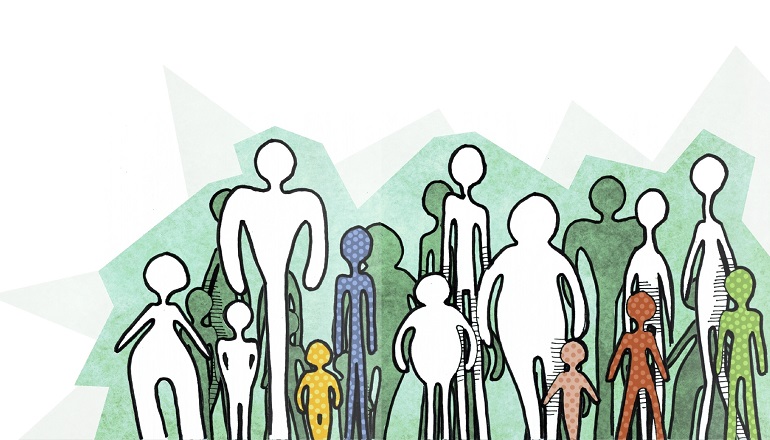My son had started middle school a few months before, and the sixth-grade dance was fast approaching. It would be his first boy-girl dance, and I asked him if he was nervous. “A little,” he replied, adding that he didn’t know how to dance, and didn’t want to make a fool of himself in front of everyone. Ever the helpful mom, I offered to teach him some dance moves. He somewhat reluctantly accepted. I dug through our small collection of disco music and found something we could dance to. I admit I was tempted to put on ABBA’s “Dancing Queen,” but I figured a preteen boy would have a hard time relating.
I cranked up the volume, closed my eyes, and was instantly transported back to the skating rink, circa 1982. I was actually thinking to myself, “I’ve still got some good moves! I’m a great dancer! I’m a cool mom!” Then I opened my eyes and saw the look of horror on my son’s face. I immediately stopped the CD and asked, “What’s wrong?” He shook his head sadly and said, “Right now, I am so glad I’m not biologically related to you.”
And he’s right. I had no part in giving him his shaggy blond hair, his beautiful blue eyes, the dimple in his chin, and his height that has long since surpassed mine. Did I have any part in shaping his personality–his creativity, his musical inclination, his love of reading, or his stubborn streak? I don’t know. Some adoptive parents joke that we can take the credit for all the good stuff and blame all the bad stuff on the birth parents, but we know that’s not true. I see my son as the perfect combination of his birth parents and his adoptive parents, a child whom I could not love or cherish more if he had been born from my body.
Being an adoptive parent begs the question, “what makes a family?” I cringe when I hear the expression, “Blood is thicker than water.” I have family members, related by blood, with whom I have nothing in common, and I have friends with no blood connection whom I care for deeply. This is probably true for all of us. So, if blood relation does not define family, what does? Friendships thrive because of the similarities of the parties involved. If their interests, goals, or values change, friends can go their separate ways. A family goes deeper than that. In a family, there is a commitment to stay together, despite different interests and experiences. And it seems to me that families learn to thrive in spite of, and sometimes because of, those differences.
Whenever I speak to people about adoption, someone inevitably says, “I just don’t know if I could love a child who wasn’t born to me.” In response, I present this little exercise: Right now, picture the person you love most in the world, the person you trust the most, the person you can tell your problems to, laugh with, cry with, the person who has seen you at your worst and at your best. Whom did you picture?
The most common response I get–the one you were perhaps thinking–is “my husband” or “my wife.”
Well, looky here. When asked what is the most intimate, trusting, and dedicated relationship in their life, most of us picture a relationship that is not based on a blood tie. At its core, a family is built on a foundation of two unrelated people who have committed their lives to each other. Adoption extends that definition to include another unrelated person. No blood involved, none needed.
The point of my exercise is to help people understand that my son by adoption is simply my son. No, he was not produced by my body, and in many ways, he’s lucky for that. He has not inherited my allergy to dairy, my bad eyesight, or my apparent lack of rhythm. Yet my love for him is unconditional, faithful, awe-inspiring at times.
My son went to the event without a dance lesson from Mom. It turns out, it wasn’t really an issue. I chaperoned the dance, and, let me tell you, most of those sixth-graders spent the entire time sitting in the bleachers trying to look cool, or moving as a pack from one side of the room to the other. The few, mostly girls, who did dance, though, could have learned a thing or two from me.



